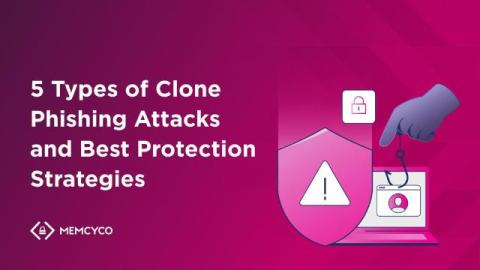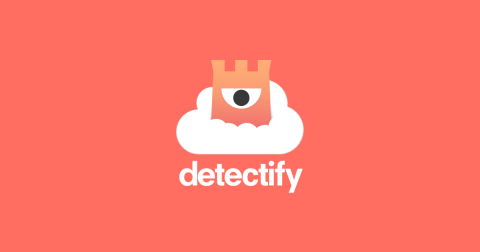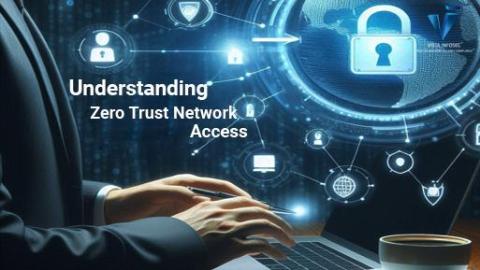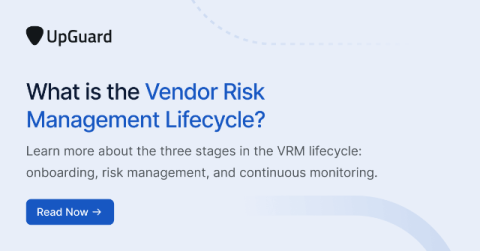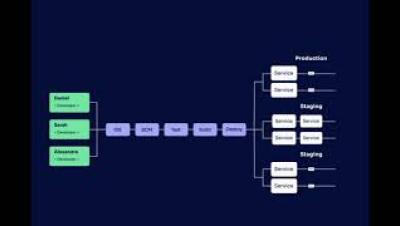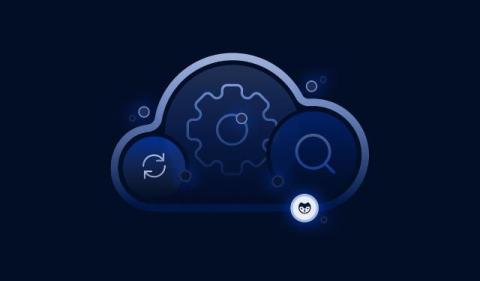Announcing Context Engine: Focus on the alerts that matter
Today, I’m delighted to announce the release of Jit’s Context Engine, which uses the runtime context of vulnerabilities to automatically prioritize the top security risks in our customers’ cloud applications. One of the defining challenges of product security is the overwhelming volume of alerts generated by code and cloud security scanners, which is especially painful when the majority of “issues” don’t pose any real security risk.



